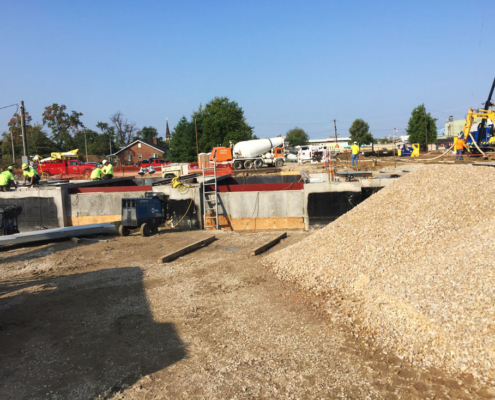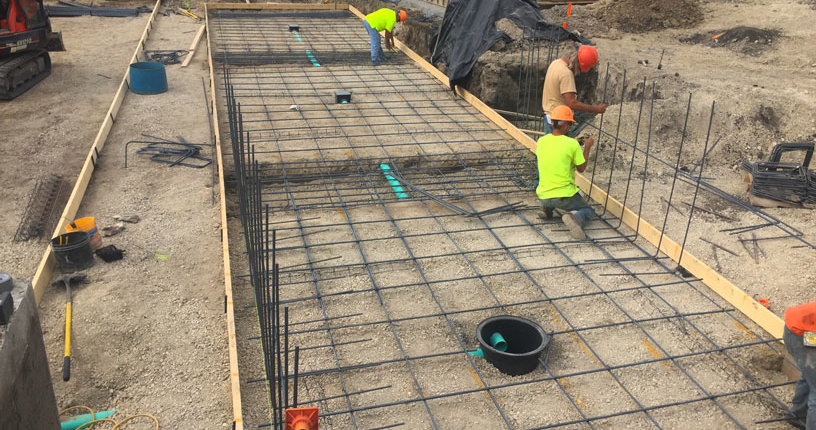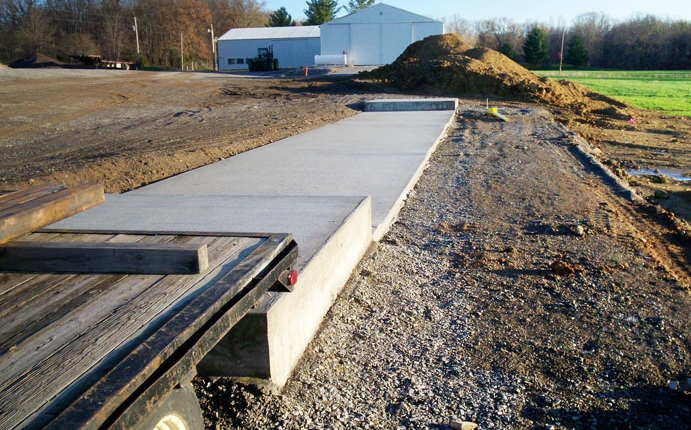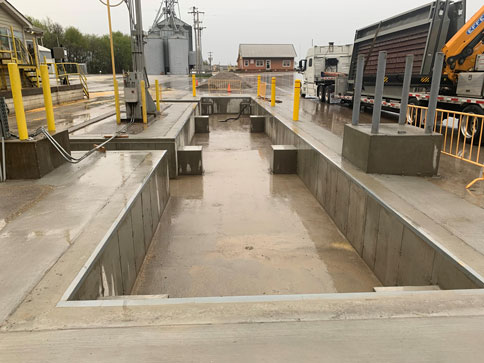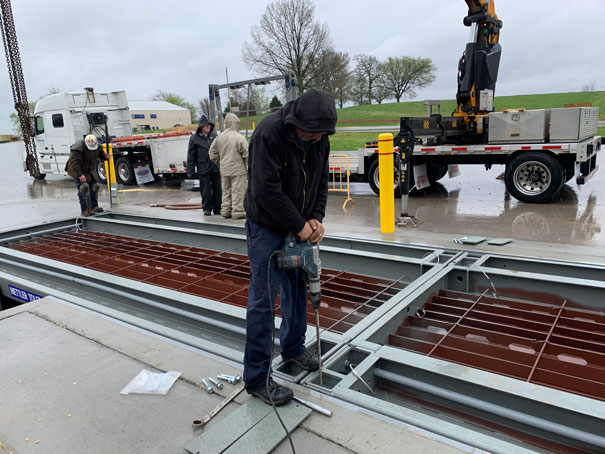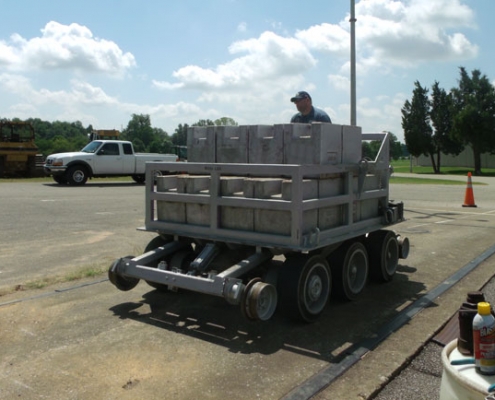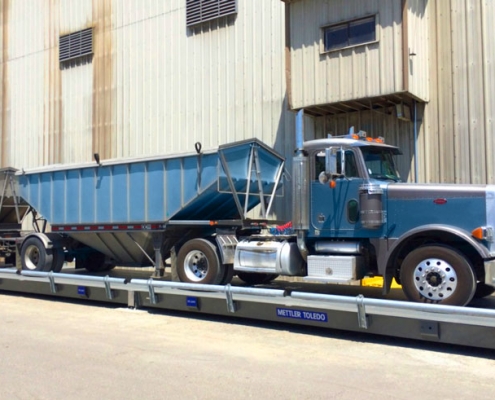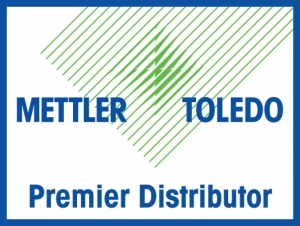Have you ever wondered what goes into installing a truck scale?
Putting in a new truck scale may seem like a daunting task, but our experience has allowed us to get this type of installation down to a science. Over the last 50+ years, we’ve installed and upgraded hundreds of truck scales around the country. Every application is slightly different and has its challenges, but we’ve used our experience to put together a general guide to show you how it’s done.
Step 1: Selecting the Right Scale for your Application
Not all truck scales are created equal. As we covered in our article on truck scale selection, vehicle scales can be used for everything from verifying incoming supplies, recording inventory, checking for compliance, and determining the price of goods. When selecting a truck scale for your application, it’s important to consider three key factors: intended use, cost of ownership, and environment. Our team is here to help you through this part of the process. Request a free consultation to learn how they can help.
Step 2: Preparing the Site
Like all construction projects, preparation is the key to creating a sustainable environment for your scale and avoiding headaches down the road. Site preparation may include debris clearing, excavation, and grading.
Step 3: Pouring the Foundation and Approaches
Once your site has been prepared, it’s time to pour the foundation and approaches. Foundations can range from a concrete pit to a solid slab construction. Often, both pit and above-ground variations will require concrete pillars to serve as support for the load cells.
Step 4: Preparing for the Load Cells (Wiring and Baseplates)
Although the loadcells are not installed until later in the process, it is often safer and faster to prepare for them before the scale deck is lowered into place. This step may vary depending on the scale’s design, but it usually includes positioning baseplates and installing wiring/conduits. Once the baseplates are set, our techs install a specialized locating tool where the load cells will go. These blocks will help align the baseplates to the scale deck as it is lowered into place.
Step 5: Aligning the Scale
It is no surprise that truck scales are a big, heavy piece of equipment. To set them in place takes a trained boom operator to gently maneuver each scale module into place. As the operator lowers each module, a technician will adjust the baseplate and locating tools to perfectly align with the scale deck.
Step 6: Securing Baseplates
Once the scale is in place and aligned, technicians each baseplate to the foundation.
Step 7: Installing Load Cells
It’s now time to install the load cells. One by one the locating tools are carefully replaced by load cells and terminated.
Step 8: Pouring The Deck (Concrete deck scales only)
To make scale setting easier and avoid cracking, concrete should be poured on the deck after the scale has been set and aligned.
Step 9: Testing & Calibrating the Scale
After the concrete has cured, we recommend a complete calibration and health check to ensure your scale is fully functional.
Step 10: It’s Ready for Use
Your scale is now ready to weigh! With proper upkeep and preventative maintenance, your new truck scale will serve your business for years to come.
WANT TO LEARN MORE ABOUT TRUCK SCALES OR HOW ONE CAN BE INSTALLED AT YOUR FACILITY?
Check out Premier Scales & Systems’ truck scale products or request a consultation to learn how we can install a truck scale at your facility!
Still don’t have enough information? Check out our blog for the latest industry news. We recently posted a sneak peek of the all-new VTC 251 truck scale from Mettler Toledo.


